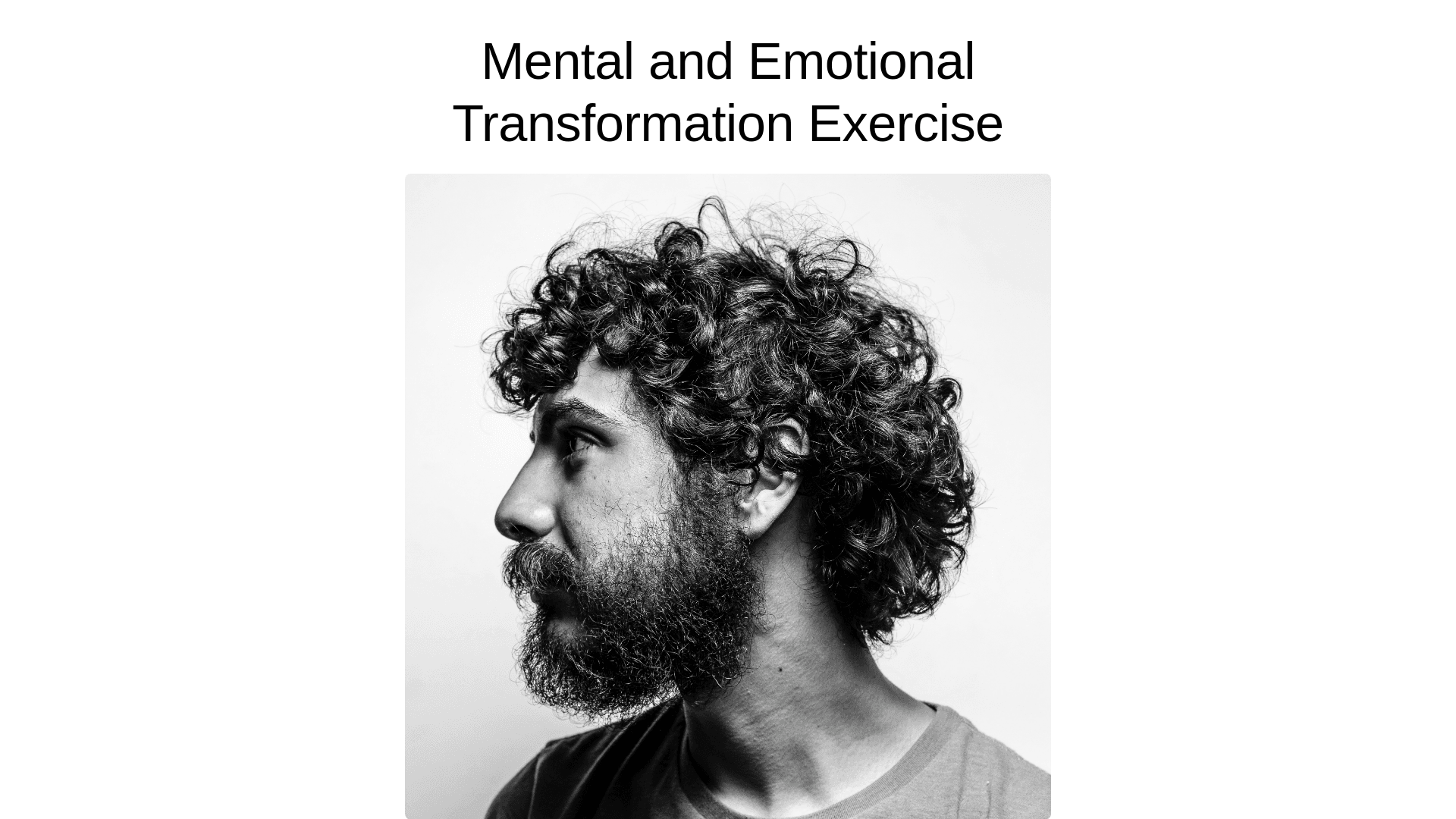Transformation Component - Copy this React, Mui Component to your project
Create a mini telegram app Goal: Create a bot that guides users through mental and emotional transformation exercises, similar to a personal growth or brain training app. Features: Daily Lessons: Marathon structure, where users follow a set of lessons over several days. Transformation Exercises: Interactive exercises and meditations. Q&A Section: Users can ask questions, and the bot provides programmed answers. Progress Tracking: Users can track their progress and see, for example, a "mindfulness pulse." Channel Integration: Ability for users to join related channels in Telegram. 2. Bot Structure and Logic Introduction: Explain the purpose of the bot, what users can expect, and how they can get started. Daily Lessons: Create structured lessons similar to the ones in your example. Day 1: Understanding how the brain works, identifying limiting beliefs, and introductory exercises. Day 2: Deep dive into beliefs, recognizing triggers, and practicing dissociation. Day 3: Focus on raising vibration and implementing happiness techniques. Transformation exercises: Interactive parts where the bot asks questions and users respond, receiving personalized advice. Progress tracking: Implement a “pulse” or awareness metric that updates as they complete exercises. User queries: Create a section for frequently asked questions or common problems where users can quickly get answers. 3. Design and UI Visuals: Use app like visuals, including buttons for navigation (e.g. “Next,” “Watch,” “Start transformation”). User logic: Make sure the user journey is clear, with clear instructions at each step. Mini app elements: Implement mini app elements that allow users to interact directly within the bot, such as selecting options or tracking progress. 4. Technical Implementation Telegram API: Use the Telegram API to create your bot. If you’re not familiar with coding, you can hire a developer or use no code platforms like ManyChat or Chatfuel that make creating bots easier. Hosting: Consider where the bot will be hosted. If you’re using a no code platform, this can be handled by the platform itself. A custom solution will require a server or cloud service. Database: Store user progress, lesson completion status, and other information in a database. Firebase or a simple SQL database are great for this. User Authentication: If you need to store personal data or allow users to log in, consider adding authentication (via phone number or Telegram login). 5. Content Creation Scripts: Write scripts for each day of lessons. They should be short, engaging, and easy to understand. Multimedia: Include video, audio, or images to enhance the lessons. These can be stored on an external server and referenced within the bot. Feedback: Encourage users to provide feedback on their experience. This can be implemented as a part of the bot where users rate their experience or leave comments.
